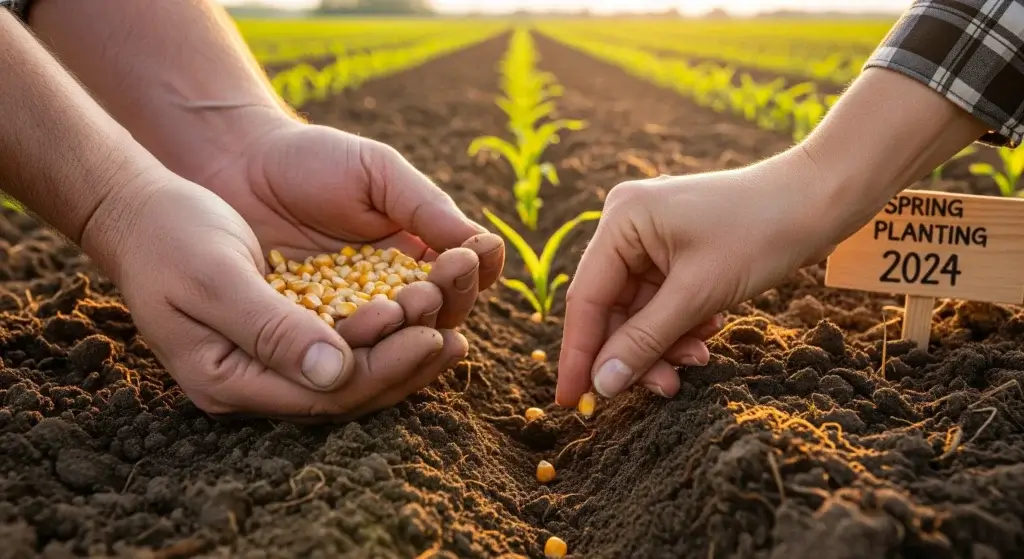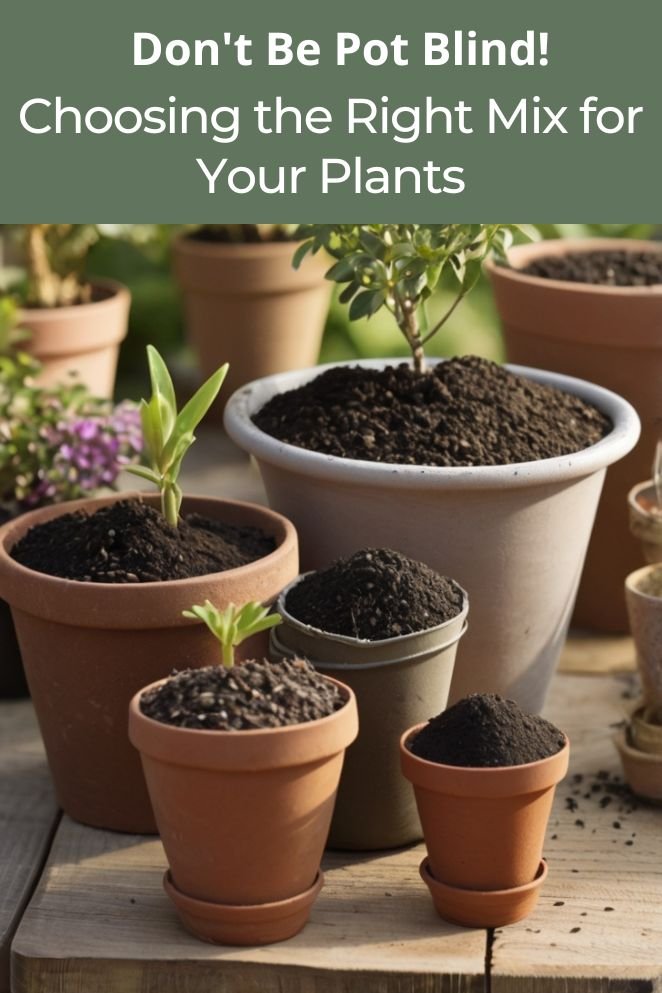
Choosing the right potting mix for your plants can be a daunting task, especially with the numerous options available in the market.
However, understanding the components of a potting mix and matching it to your plants’ specific needs can make all the difference in their health and growth.
In this article, we will explore the different components of a potting mix, how to match it to your plants, and provide tips on reading potting mix labels.
Understanding Potting Mix Components
A potting mix is a blend of various ingredients that work together to provide the right environment for your plants to thrive.
The base ingredients of a potting mix include:
- Read also: Soil Mastery: A Guide To The Types of Soil for Gardening
- Read also: A Comprehensive Guide on How to Use Soil Conditioner
Base ingredients
- Peat moss: Peat moss serves as a lightweight organic material that retains moisture, keeping the soil evenly moist for plant roots..
- Perlite: Perlite is a volcanic mineral that is heated and expanded into lightweight, porous particles. It improves drainage and aeration in the potting mix.
- Compost: Compost is a valuable addition to potting mix, providing essential nutrients and enhancing soil structure.
- Bark: Bark is commonly used in potting mixes for plants such as orchids and cacti. It provides excellent drainage and air circulation within the soil.
- Coir: Coir, derived from coconut husks, serves a similar purpose to peat moss but is considered more sustainable.
Additional ingredients
- Vermiculite: Vermiculite is another mineral material similar to perlite but with the ability to hold more moisture.
- Sand: Sand is occasionally added to potting mixes to improve drainage, particularly in mixes intended for succulents and cacti.
- Fertilizer: Fertilizer provides essential nutrients to support plant growth and development.
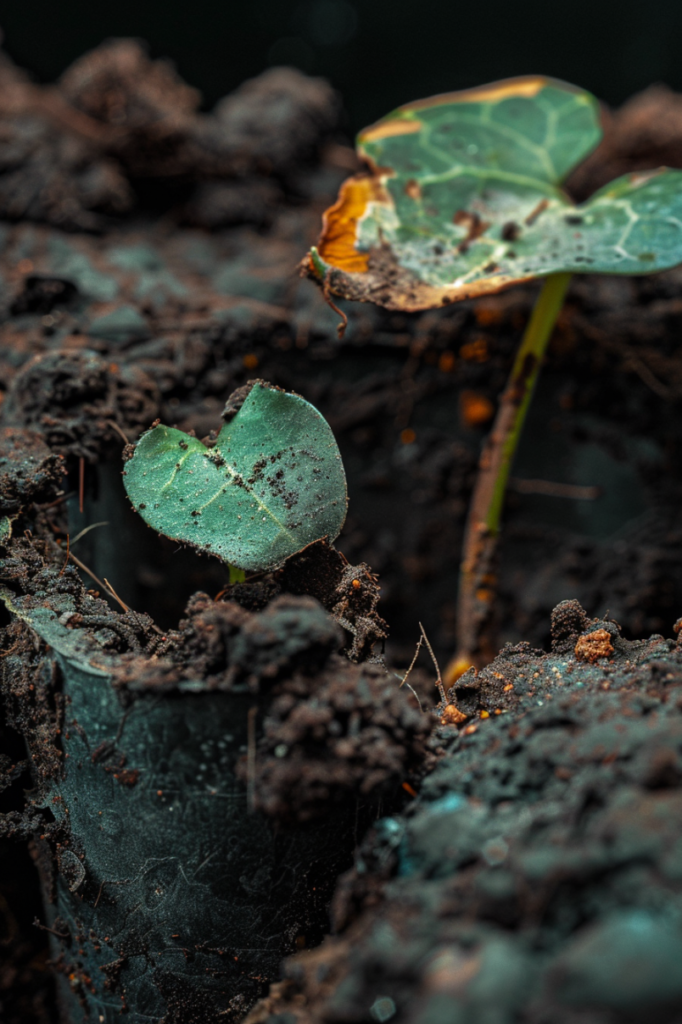
Matching the Mix to Your Plants
Just as each plant has unique characteristics and requirements, the composition of the potting mix plays a crucial role in supporting their growth and well-being.
Here’s a guide to matching the mix to your plants based on their specific needs:
Plant categories
Moisture lovers
Plants such as African violets and ferns thrive in consistently moist soil.
For these moisture-loving plants, a potting mix with a higher proportion of peat moss is ideal.
Peat moss retains moisture effectively, providing a consistent water supply to the roots, while still ensuring good drainage to prevent waterlogging.
Average moisture needs
Most houseplants fall into this category and prefer a balanced potting mix that offers both moisture retention and good drainage.
A mix containing a combination of peat moss, perlite, and compost provides the optimal balance of moisture and aeration for healthy root development and overall plant growth.
Fast-draining needs
Plants such as cacti and succulents thrive in environments with excellent drainage to prevent water accumulation around their roots.
For these fast-draining needs, opt for a potting mix with a high perlite or bark content.
These materials promote rapid water drainage, preventing root rot and ensuring the health and vigor of these desert-adapted plants.
Seedlings and cuttings
Seedlings and cuttings require a sterile, well-draining potting mix to promote successful rooting and minimize the risk of fungal or bacterial infections.
A mix that includes components like sand or perlite helps to maintain optimal soil moisture levels while ensuring adequate aeration for delicate roots to establish and grow.
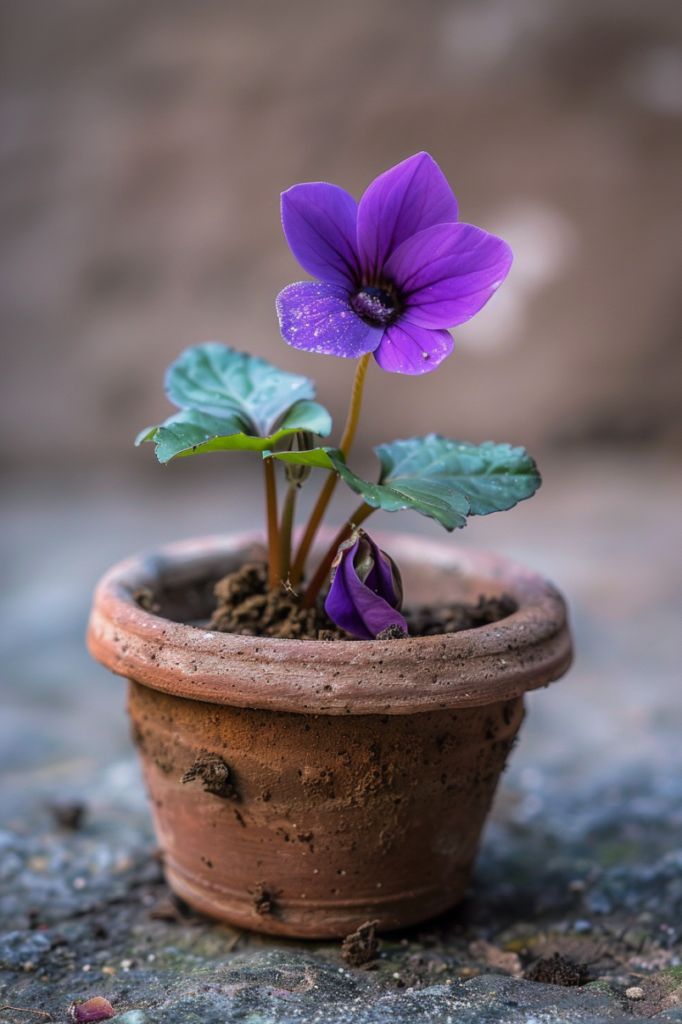
Reading Potting Mix Labels
When selecting a potting mix for your plants, it’s crucial to decode the label to ensure it meets the specific needs of your green companions.
Here are some tips for understanding potting mix labels:
Understand what’s in the mix
Ingredients list
Scan the label for the list of ingredients included in the potting mix.
Common components may include peat moss, perlite, compost, bark, coir, vermiculite, and sand.
Familiarize yourself with these ingredients and their respective roles in providing moisture retention, drainage, and nutrient content to the soil.
Proportion of components
Pay attention to the proportion of each ingredient in the mix, as this can vary between different brands and formulations.
For example, a mix with a higher percentage of perlite or bark will offer better drainage, while one with more peat moss will retain more moisture.
Look for additional information
pH level
Check if the potting mix label indicates the pH level of the soil.
Most plants prefer a slightly acidic to neutral pH range (around 6.0 to 7.0).
Understanding the pH of the mix ensures it aligns with the needs of your plants, as soil acidity can influence nutrient availability and overall plant health.
Nutrient content
Some potting mixes may contain added nutrients or fertilizer to support plant growth.
Consider whether the nutrient content of the mix meets the requirements of your plants, taking into account their specific nutritional needs and any additional fertilization regimen you plan to implement.
Organic content
Evaluate the organic content of the potting mix, as organic materials like compost and coir contribute to soil fertility and microbial activity.
A higher organic content indicates a more nutrient-rich and biologically active growing medium, which can benefit plant health and vitality.
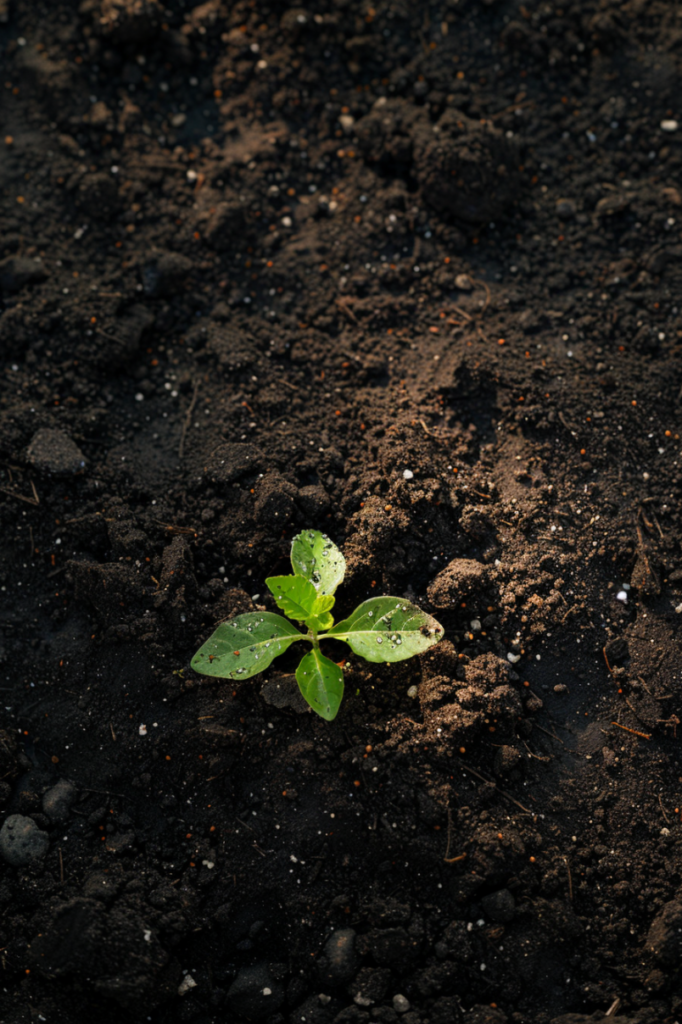
Choosing the Right Mix for Your Plants
When selecting a potting mix for your beloved plants, it’s essential to consider their specific requirements to ensure they thrive in their container environment.
Here are key factors to keep in mind:
Plant needs
Drainage needs
Different plants have varying preferences when it comes to moisture levels in the soil.
Succulents and cacti, for example, require excellent drainage to prevent root rot, so a mix with a high perlite or bark content is ideal.
Conversely, moisture-loving plants like ferns prefer a mix that retains moisture, such as one with a higher proportion of peat moss.
Light requirements
Consider the light requirements of your plants when choosing a potting mix.
Plants that require bright light may benefit from a mix that dries out faster, allowing their roots to breathe between waterings.
In contrast, plants that prefer lower light levels may require a mix with greater moisture retention to sustain them in drier conditions.
Feeding needs
Some plants are heavy feeders and require a nutrient-rich potting mix to support their growth and flowering.
Consider opting for a mix containing compost or slow-release fertilizer to provide a steady supply of nutrients over time.
This is particularly beneficial for plants grown in containers, where nutrient depletion can occur more rapidly.
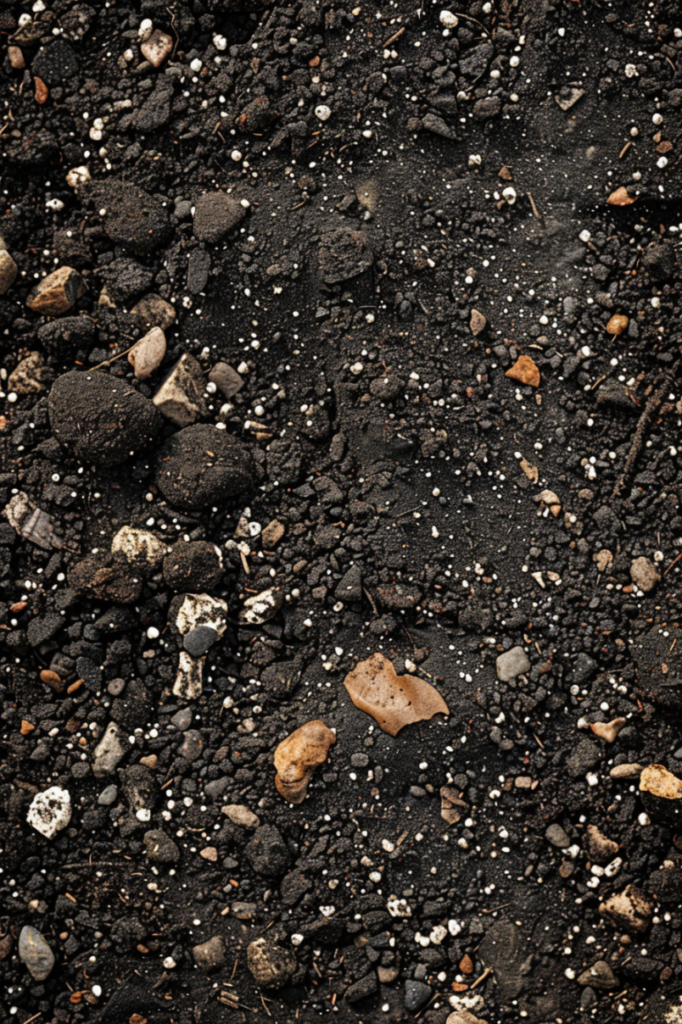
Types of potting mixes
Pre-mixed options
Pre-packaged potting mixes tailored to specific plant types, such as cactus mix, orchid mix, or vegetable mix, are readily available and convenient to use.
These specialized mixes are formulated to meet the unique needs of each plant type, ensuring optimal growth and health.
Simply choose the mix that aligns with the requirements of your plants for best results.
DIY options
For experienced gardeners seeking more control over the composition of their potting mix, DIY options offer flexibility and customization.
By blending your own mix using a combination of ingredients like peat moss, perlite, compost, and other additives, you can tailor the mix to suit the specific needs of your plants.
However, it’s crucial to conduct thorough research and maintain proper ingredient ratios to ensure optimal plant health and performance.
- Read also: Topsoil vs. Garden Soil: Understanding the Difference
- Read also: Unveiling the Earthly Truth: Potting Mix vs. Garden Soil
Conclusion
Choosing the right potting mix for your plants is crucial for their health and growth.
By understanding the components of a potting mix and matching it to your plants’ specific needs, you can ensure they receive the right nutrients and environment to thrive.
Remember to read potting mix labels carefully and consider factors like drainage needs, light requirements, and feeding needs when selecting a mix.
FAQs
The base ingredients of a potting mix include peat moss, perlite, compost, bark, and coir.
Match the potting mix to your plants based on their specific needs, such as drainage requirements, light requirements, and feeding needs.
Common mistakes to avoid include choosing a mix that is too dense or too light for your plants, and not considering the specific needs of your plants.
Yes, experienced gardeners can create their own potting mix by combining the right ingredients in the right ratios. However, it’s essential to research and ensure the right ingredient ratios to avoid any potential issues.


